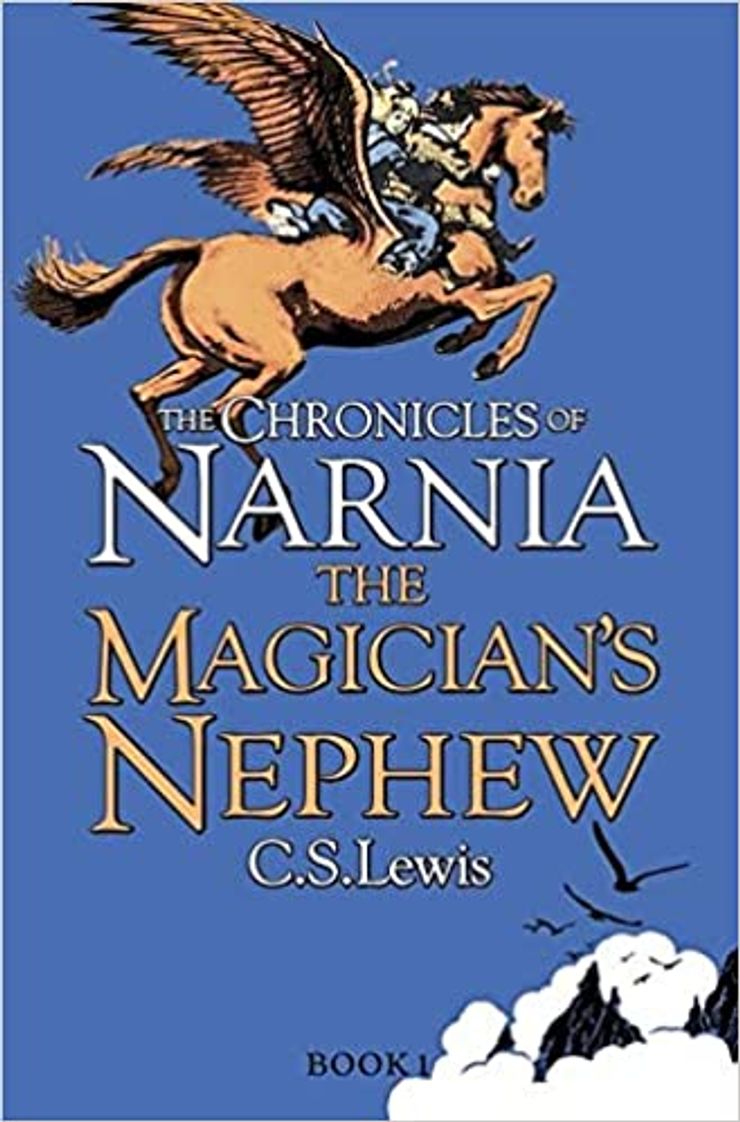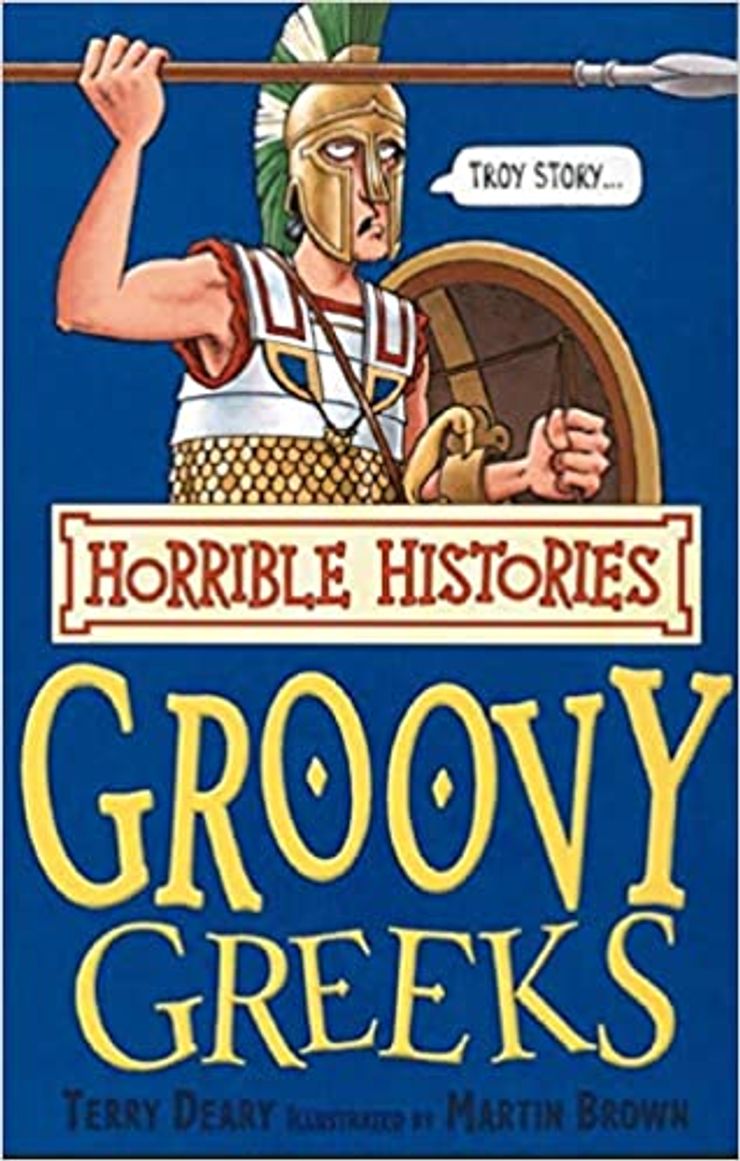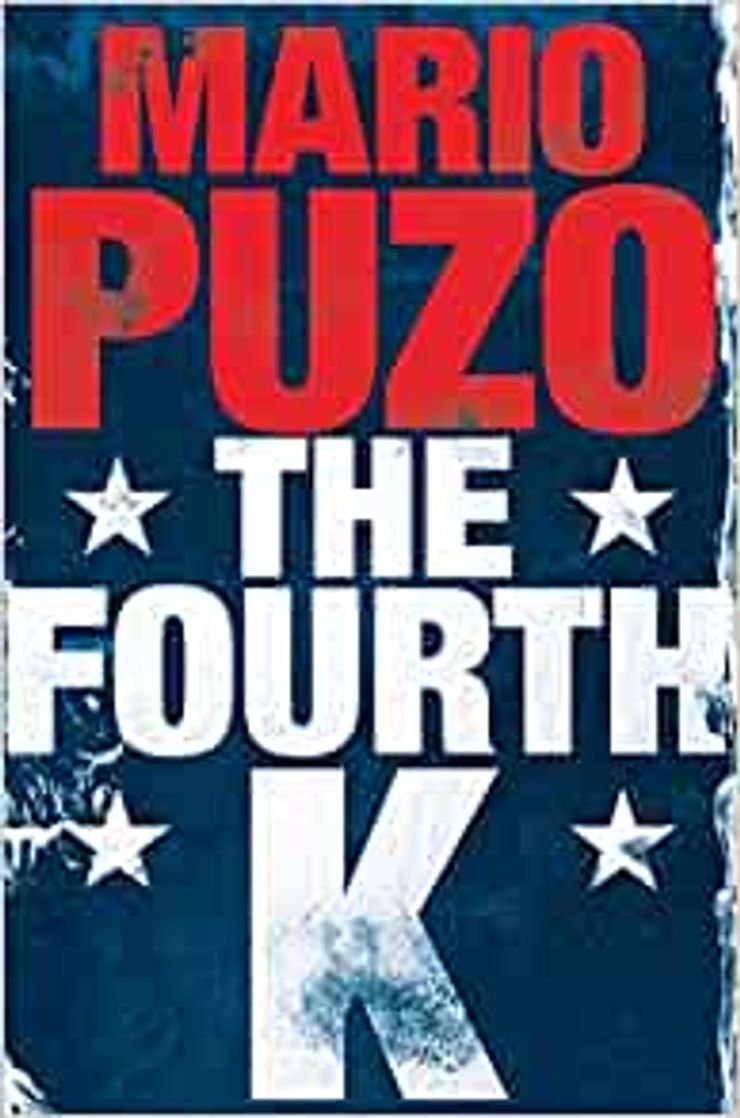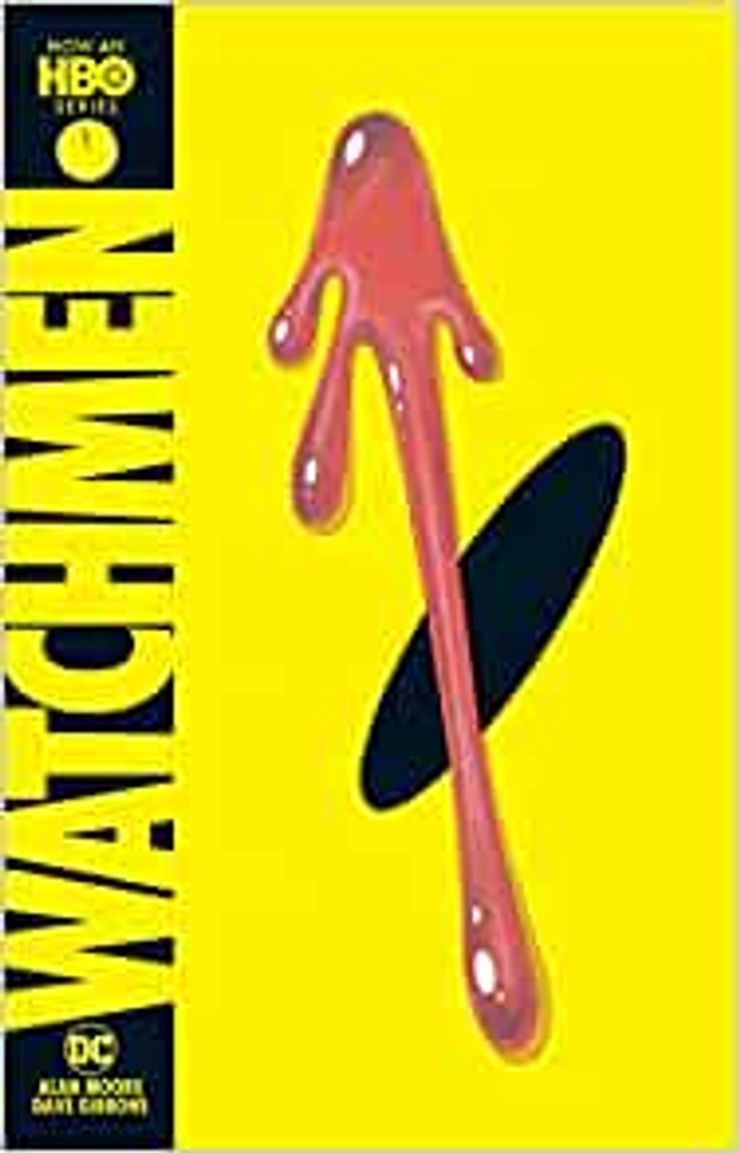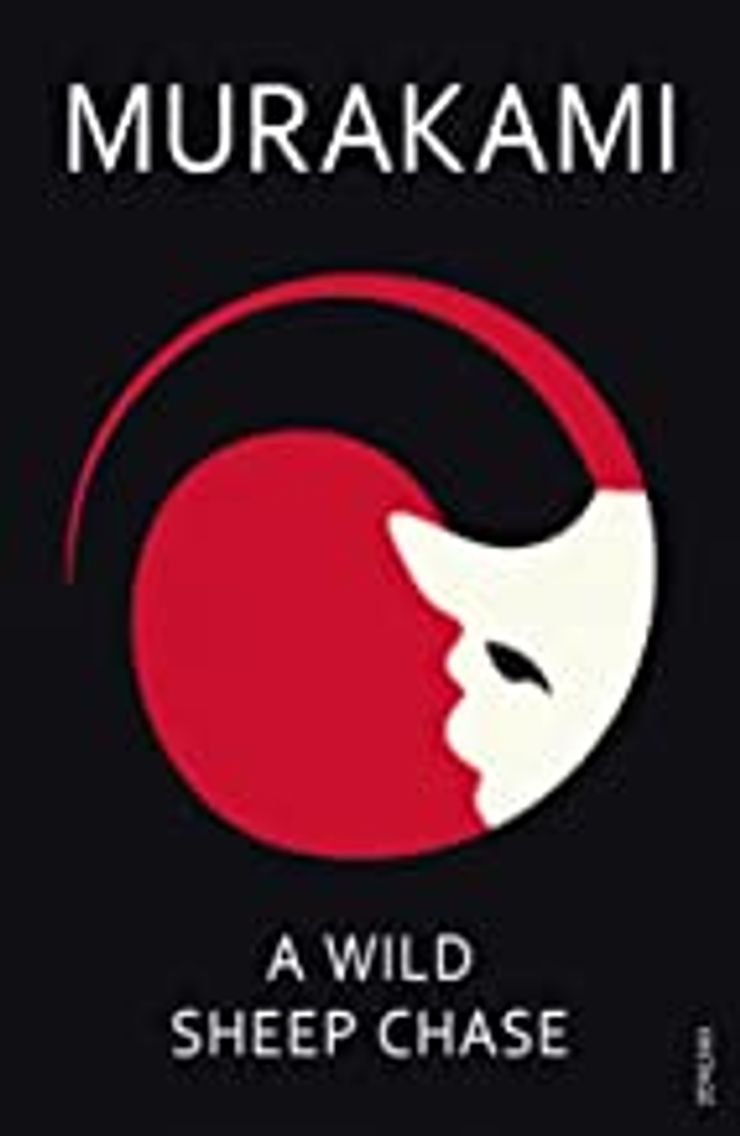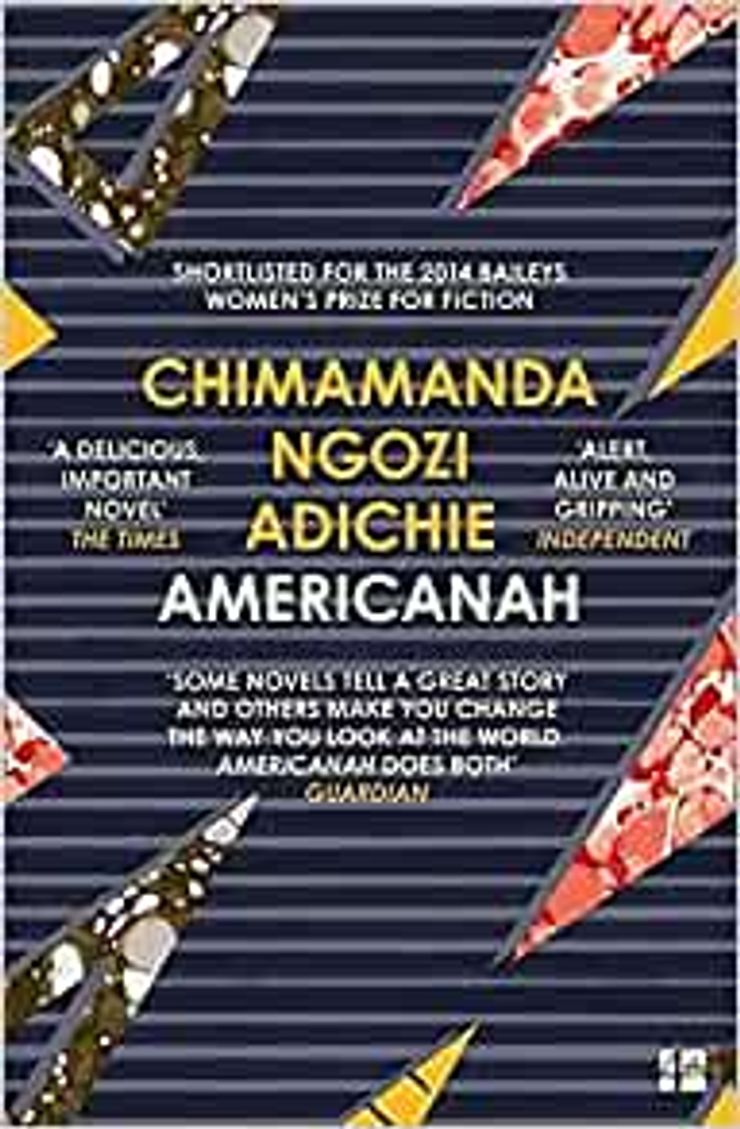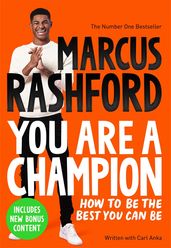Carl Anka on the books that shaped him
Journalist Carl Anka writes inspiringly with Marcus Rashford about how kids can find their inner champion and achieve their goals. Here, he shares the books that inspired him throughout his formative years, and how he went from reluctant reader, to author.
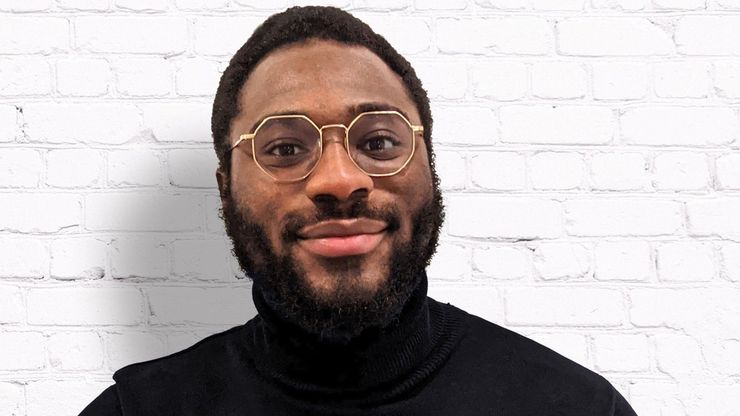
Carl Anka had some struggles as a young reader. He couldn't picture fiction in his head, and he wasn't sure where fairy tales ended and the Vikings began. But with the help of a teacher, Carl began to navigate reading challenges, and now finds inspiration in everything from manga to Wikipedia to Nigerian fiction.
Reading doesn't come to everyone early. Not all booklovers are born, some are nurtured. For parents of reluctant readers, Carl's story and the advice he received will certainly inspire, and no doubt, feel a little familiar for a few of us. Here, Carl shares how he grew to love reading and just a few of the books that shaped and inspired him.
I love reading. I read constantly. I often forget what I am reading. I want to read ‘properly’ more. Reading ‘properly’ isn’t a thing.
These are a few things that are constantly pinball around my head when someone asks my thoughts on books.
For most of my childhood (and much of my adult life) I had a problem with reading ‘properly.’ The majority of primary school saw me flick through history books, compilations of ancient mythologies and atlases. If I was picking up a book, it tended to be non-fiction from a long time ago and involve someone swinging a sword.
I remember one teacher – Mrs O'Sullivan – politely trying to get me off the non-fiction stories when I was in Year 3 ( I must have been 7 or 8). She had tasked the class with writing a fairy tale and I came up with a romance story involving Vikings.
‘Vikings aren’t in fairy tales,’ she told me, and would later go on to tell my mother she was worried I didn’t have an imagination because I showed little interest in picking up a book that wasn’t ‘real.’
It sounds harsh but Mrs O’Sullivan and my mum had some conversations and figured out a way to get me to sit still and find books outside the non-fiction section. It started first with comic books; if I was interested in myths and legends on people swinging swords, then superheroes were an easy way for me to broaden my horizons. Comics helped me not only in reading fictitious stories that were larger than life and beyond the scope of my imagination, but they also helped me order myself when I’m reading – the sense of momentum, turning the page into something new, moving my head from left to right and paying attention to the order of when things were said and in what context. These things were really important to me when I was reading as a child.
What Mrs O’Sullivan started, a history teacher in Year 10 (I was aged 15) continued. I remember trying to enter his classroom and stopped me from entering and asked, ‘what are you reading?’ I told him about the book I was reading for my English class – it might have been Of Mice and Men – and he shook his head and asked me again. ‘What are you reading? For fun? Do you read for fun?’
‘He shook his head and asked me again. ‘What are you reading? For fun? Do you read for fun?’’
I said not particularly, what with all of my schoolwork, and I went back and forth with this teacher about Mrs O’Sullivan and why I preferred picking up video game magazines. He eventually came to the conclusion there was a ‘glitch’ in how I read books. While I tried reading novels most of them bounced clean off my head the moment they went from dialogue to talk of setting. To this day I struggle to retain information about the appearance of characters in a novel: they’re all blank faces who pause when the narrator tells me what the trees look like.
Rather than instruct me to focus harder on the book and descriptions of settings, this teacher suggested I pick up novels that had film adaptations. His advice was I wouldn’t have to spend time worrying about the height and eye colour of a person in the book, or what the living room looked like, I just had to remember what had happened in the film and build it out from there.
Shortly after I asked my Dad for a copy of The Godfather by Mario Puzo. And then I read Fight Club by Chuck Palahniuk. And from there I went out and read more books from those authors. I’d thumb through TV guides my Mum would buy and make notes of the good films out that week, then look to see if they had been adapted from a book before heading to the bookshop in town to see if I could pick up a copy. In most cases the book is better than the film – most of my teenage years were stress testing that again and again.
This approach takes me up to and through my university years where I enjoyed a lot of detective, noir and crime stories.
And then I met someone a year after graduating (2013) who asked me what books I’d read written by women. I didn’t particularly have an answer, so I said I’d read one of their favourite books if they had a recommendation. The recommendation was A Handmaid's Tale, and from there I read the MaddAddam trilogy (albeit I started with the second book in the tale, The Year of the Flood, as that was the one I found in a charity shop first).
It was also in 2013 that I found an interview with director Werner Herzog about the skills necessary to make films (I had originally gone to university to study creative writing with the intention of becoming a screenwriter).
Herzog said that it was vital to do two things in life:
- Travel as much as possible on foot, in order to take in the ambient sights and sounds of the world around you, and to understand how people talk with each other.
- Read. Constantly.
Herzog stressed that there was a lot more to reading than novels and non-fiction works. To him, everything counted as reading. Books, magazines, newspapers, comic books, the back of the shampoo bottle while you were sitting on the toilet. He stressed how important it was to read things you enjoy and then ask yourself why you enjoyed them. To read things you didn’t enjoy and then ask yourself why. To read work that both aligned with and rejected your political and social viewpoints. The act of reading was the act of working your brain to create worlds, but also to remind yourself there was a world out there with loads of things and people and stories to it. It’s something I come to a lot when I’m advising people who want to get into the creative industries, and something I remind myself a lot when I have lower periods.
‘To him, everything counted as reading. Books, magazines, newspapers, comic books, the back of the shampoo bottle while you were sitting on the toilet. He stressed how important it was to read things you enjoy and then ask yourself why you enjoyed them. To read things you didn’t enjoy and then ask yourself why. To read work that both aligned with and rejected your political and social viewpoints.’
Now it’s 2021 and I average reading 7–10 ‘books’ a year. I try to alternate my reading patterns so once I finish a fiction book, then a comic book/graphic novel, then a non-fiction book, then another comic book as a palette cleanser, and then another fiction book. Even when I’m not actively reading a book, I read something nearly every single day, be it pages of a book, a newspaper article, or something I find interesting on an entertainment website (in among thousands of tweets every day). I have an app on my phone and my computer called Pocket – that allows me to save webpages to be read offline at a later date. It’s my way of having something at hand to read at all times, even if I’m not carrying a book in my bag.
Now I’ve explained how I read, here are some books that shaped me through the years.
The Magician's Nephew by CS Lewis, which I read at age 7
The Magician's Nephew
by C. S. Lewis
Growing up I went Catholic School and grew up in and around the church. They had an interesting viewpoint on the popularity of Harry Potter and Lord of the Rings books and films. Rather than read those series, I was directed towards the Narnia books and the one I remember most was not The Lion the Witch and the Wardrobe, but The Magician’s Nephew, which was the sixth out of the seven books to be released but serves as a prequel to everything. There’s something about reading a book that happens Before Everything Happens – when done right they can recontextualise everything you previously considered, or tie a nice bow on things you already enjoyed.
They’re over 50 years old now but the Narnia books are a lot darker, a lot stranger and captivating in a way I haven’t really found in a book series since.
The Horrible Histories books by Terry Deary and others which I read between ages 7–15
Groovy Greeks
by Terry Deary
I had a lot of very good history teachers over the years, who stressed the importance of knowing the past as it constantly influences the future. Over my school years I read a lot of Horrible History books, learning about historical events, ancient myth and loads on food and culture. A look on Wikipedia tells me 23 Horrible History books were released between 1993 and 2003 – I read 16 of them as a child, while also picking one of their handbooks on the history of the British monarchy. I think every storyteller is better for having some historical knowledge and I think knowing ancient mythologies and some scriptures helps a lot too. We must know the oldest stories people have passed onto each other if we want to make new stories.
The Fourth K by Mario Puzo which I read aged 15
The Fourth K
by Mario Puzo
The Fourth K is a political thriller set during the fictional presidency of Francis Xavier Kennedy, who is meant to be the nephew of John F Kennedy. I came across it after reading The Godfather and working my way through other novels from Mario Puzo. The Fourth K has *a lot* going on it. There are terrorist attacks, kidnappings and loads of discussion of power and how to use it. It wasn’t a commercial success, but Puzo calls it his most ambitious book. It was the first adult book I remember reading having multiple points of view, with characters who interacted, lied and tried to one up each other. I didn’t know I was interested in writing books and screenplays when I first read it, but when I go over some old notepads I jotted ideas in, I think I’ve been trying to copy this book’s ending for years.
Watchmen by Alan Moore which I read aged 16
Watchmen
by Alan Moore
I was about 16 when I got high speed internet in my house, upon which I found Wikipedia and went down DEEP rabbit holes reading… everything. The bands that influenced the bands I listened to, the other films directed by my favourite directors. The books written by authors I enjoyed. I’d read Wikipedia until late on a Friday night and then make a note of all the films/TV/books I had to buy at HMV the next day. I was looking at Time's List of the 100 Best Novels on Wikipedia and noticed Watchmen was the only comic book listed. I picked a copy from a secondhand book shop and read it all through my first few weeks of sixth form.
Watchmen is… weird in a way most books, comic or otherwise aren’t. It’s a thrilling story/murder mystery, a treatise on people and power, a superhero book, and… something else entirely in there.
I lent my copy to one of my best friends, who realised I had somehow got a UK First Edition of Watchmen, making it secretly VERY valuable. They never gave it back. We now joke it counts as their wedding present for when they eventually tie the knot.
A Wild Sheep Chase by Haruki Murakami which I read aged 23
A Wild Sheep Chase
by Haruki Murakami
I was hiding in the kitchen during a houseparty in Bristol once where I started talking to a man holding a lot of cats about comic books. We went back and forth for a bit, then he stopped me talking and went ‘wait one second’ and disappeared up a flight of stairs, before coming back down 10 minutes later holding this book. ‘Read this and then give it to a stranger when you’re finished.’
It's a mystery story about a man who accidentally took a photo of a lucky sheep for a travel book, and now has to find it. I’m really sorry to the person who gave it to me, but I never gave it to a stranger. I keep rereading it again and again, such is its fun oddity. (Although I skip a dozen pages towards the end when a character is stuck in a hotel.)
It’s rare I own my favourite books, as I tend to give them as gifts to people I care about most, but I hang onto this one.
Americanah by Chimamanda Ngozi Adichie which I read aged 27
Americanah
by Chimamanda Ngozi Adichie
I’ll keep this segment short but, this is one of the best books I have ever read. I think about it all the time. It has dramatically changed the way I think about home, love, life and how I walk through the world. Read it. As soon as possible.
So many comic books which I read aged 7–present day
If I move to a new town I join the library and then slowly work my way through its comic book collection. Comics, graphic novels, manga (which are Japanese comics/graphic novels traditionally read right-to-left and written and illustrated by one person). The way I recommend comics is to ask someone for their favourite types of film and then spin out from there – you’re never too old to read comics.
You Are a Champion, the empowering new book for kids, was co-authored by Carl and iconic international footballer Marcus Rashford. Find out more about the book and get your copy below.
You Are A Champion
by Marcus Rashford with Carl Anka
'There is no finish line when it comes to your dreams.'
You Are A Champion will empower young people to develop positive thinking, build mental resilience, learn how to navigate adversity and, ultimately, achieve their full potential.
Written with journalist Carl Anka, You Are A Champion is the empowering and life-changing first children’s book from Marcus Rashford MBE. It is full of practical advice and engaging illustrations and infographics, including input from performance psychologist Katie Warriner.
